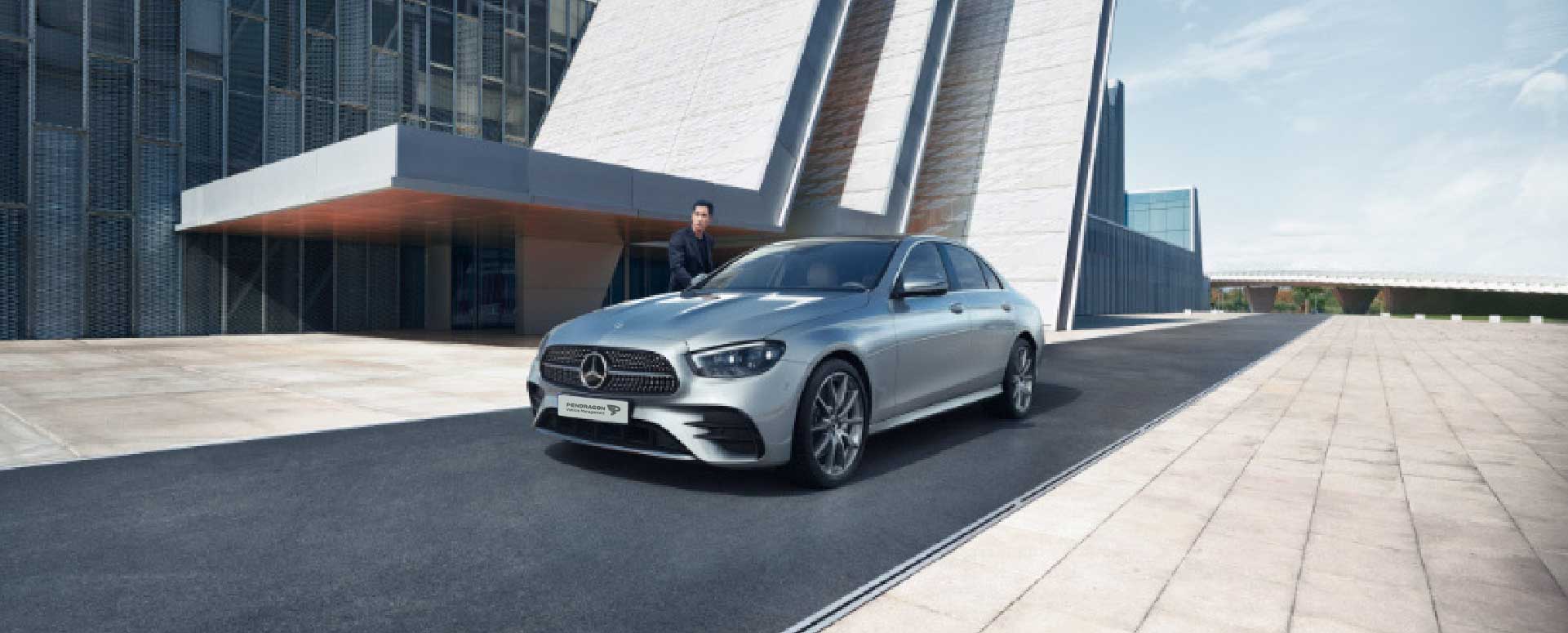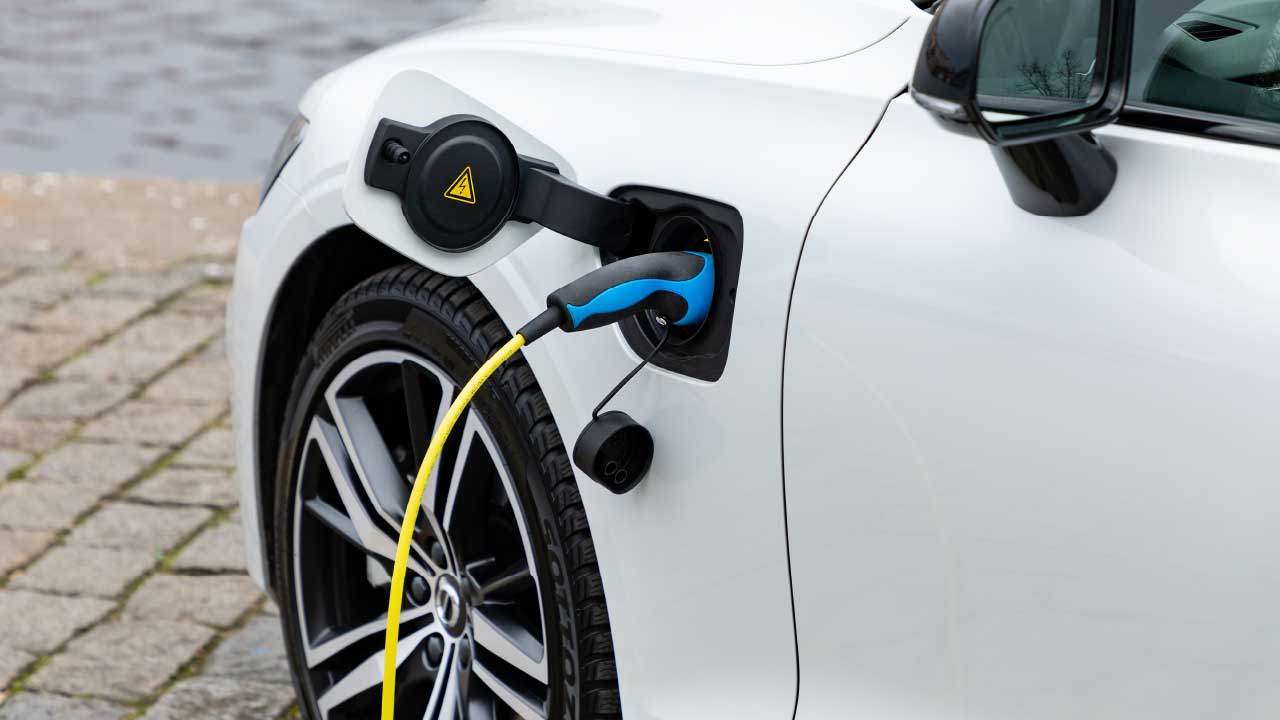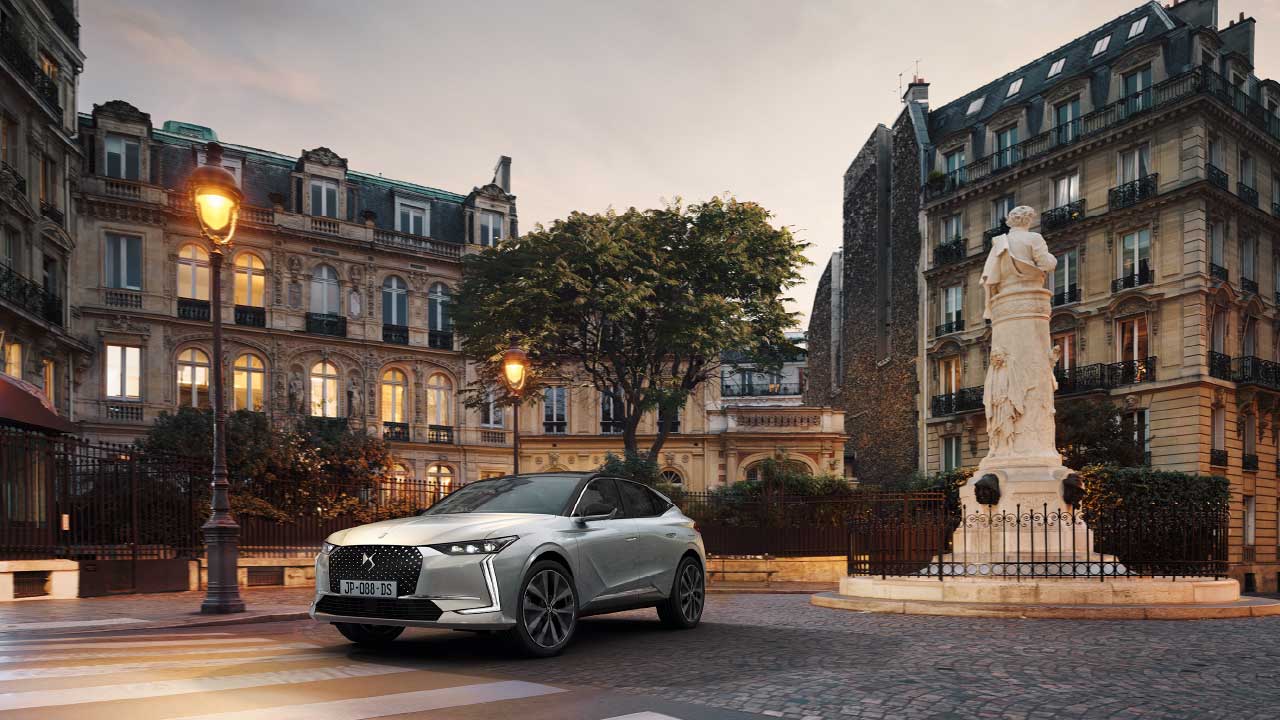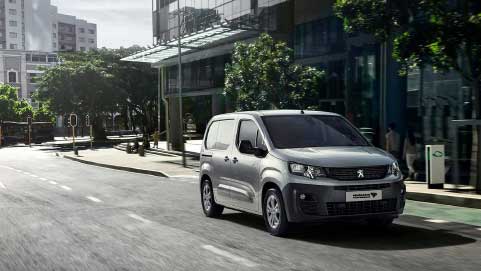Considering EVs for your fleet?
The fleet industry is going electric, but how do you know which vehicles to consider for your fleet?
It is expected that UK fleets will add significant numbers of EVs to their operations by 2022, contributing to the fact that over two thirds of current EV registrations are for businesses or fleets.
Fleet managers and businesses that have large scale vehicle operations currently spend significant amounts on car tax, fuel costs and related service, maintenance, and repair costs to run their existing traditional fleets. The savings in these areas can make switching to an EV fleet an attractive proposition.
Switching your fleet to EV
Over the next three years, a combination of congestion or pollution charges, SMR savings and continued access to government grants will see more businesses in the UK switching to electric vans or cars. National and Local Government provide taxation benefits and upfront grants for the purchase and lease of EVs and their charging infrastructure requirement. This could possibly elevate the range concerns that are currently affecting the uptake in making the switch to EV.
There is an estimated saving of 20 to 30 percent in the upkeep and repair costs of fleets when compared to petrol or diesel vehicles, which will greatly benefit those businesses who choose to switch to EVs. In making this switch, businesses can also deliver on corporate responsibility pledges to cut their carbon emissions.
The key benefits for your business
- Government grants: The government has grants available to help offset the cost of purchasing EVs for business and for business-based charging point installation.
- Repair costs: Save an estimated 20 to 30 percent in upkeep and repair costs on your fleet.
- Company Car tax: For zero-emission battery electric cars and PHEVs with CO2 emissions up to 50 g/km, company electric car tax rates will drop to zero, before rising to 1 percent in 2021/22 and 2 percent in 2022/23.
- Downtime savings: Fully electric vehicle engines have fewer moving parts than conventional petrol or diesel internal combustion engines, making the repair process much faster and more convenient, reducing the downtime of your fleet vehicles and saving you money.
- Plenty to choose from: The range of models to choose from for fleets and service vehicles is increasing, with electric SUVs, hatchbacks, MPVs, fully electric zero emission vehicles as well as plug-in hybrid models becoming available.
- Charging made easy: An increasing number of charging points are becoming available across the UK, with the government announcing it will fund up to another 3,600 charge points across the country.
What is there to choose from?
PVM can work with you to identify what will best suit your needs and deliver the most savings. Whether you have a number of company car drivers, a salary sacrifice scheme that needs to adhere to a company responsibility pledge, or your fleet is going to be affected by a CAZ and needs to be more efficient.
As mentioned, here we are primarily looking at battery electric and hybrid cars, and it is important to understand what type of vehicle would work best in your particular fleet.
Types of EVs
Battery electric vehicles (BEVs):
These have no combustion engine, but have an on-board battery which provides energy to an electric motor instead. BEVs are charged from an external electricity supply, typically plugging in to an EV charge point.
Plug-in hybrid electric vehicles (PHEVs):
PHEVs have an electric powertrain together with a small to medium-sized combustion engine, which enables operation in full electric mode, using conventional fuel, or a combination of both. PHEVs also have an ‘inlet’ socket, allowing them to be charged directly from an external electricity supply.
Range-extended electric vehicles (REx):
These are plug-in hybrids with a particular configuration. REx's are ‘series hybrids’ with only electric motors used to drive the wheels. In most respects, the vehicle behaves like a BEV, with the battery being charged by an external supply.
Self-charging hybrids:
Like standard hybrids, the use of a battery enables the combustion engine to be operated at high efficiency. These vehicles use regeneration to recharge the battery; rather than braking by friction and turning that kinetic energy (the forward motion) into wasted heat via the brakes, it uses it to run a generator to recharge the on-board battery.







